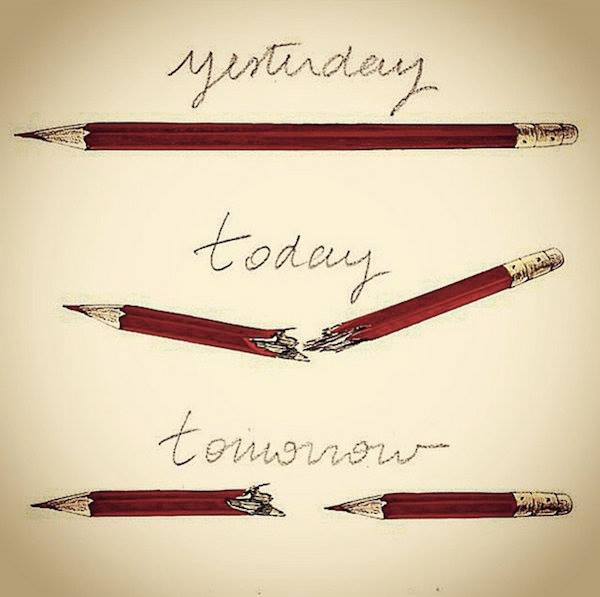More
than a dozen Iranian filmmakers captured top prizes at major
international film festivals in 2000. This should not come
as a big surprise; the post-revolutionary Iranian cinema has
been a festival favorite for more than a decade now, and its
dominance shows no sign of abating. Indeed, the more favorable
production climate following President Khatami's 1997 election
resulted in the approval of many scripts treating socially
critical subject matter, and this year saw completed films
in a fascinating breadth of subject matters and styles.
Iranian films are now being produced in record numbers. From
a mere 15 features in 1982, production has grown to an average
of 56 titles per year during the past decade. Festival invitations
and awards for these films have become a matter of national
pride. Each achievement of the national cinema is avidly noted
by a multitude of Iranian magazines and newspapers.
The international affairs department of the Farabi Cinema
Foundation, a government organization responsible for the
promotion of Iranian films and filmmakers, has been critical
to the high profile now enjoyed by Iranian cinema. They treat
television buyers, theatrical acquisitions representatives,
and festival programmers to legendary Iranian hospitality
during the annual Fajr Film Festival in February where most
new Iranian films debut.
Three years ago, Amir Esfandiari, Farabi's International Affairs
Director, added a market geared to his foreign guests, in
particular the buyers. With a dozen market stalls representing
Iranian production companies and cultural associations, foreign
guests have the opportunity to meet local representatives
touting their back catalogues on tape and flourishing colorful
promotional materials.
Among other helpful organizations and agencies which promote
new Iranian films are Iranian Independents, a private company
involved in the promotion and marketing of Iranian independent
feature and documentary films; Cima Media International, a
semi-private company founded to enhance the marketing of Iranian
titles and television productions internationally; the Iranian
Society of Documentary Filmmakers; and the Iranian Society
of Young Cinema.
2000 was a good year for Iranian auteur Abbas Kiarostami.
Film Comment's survey of film writers and industry professionals
crowned him "Director of the Year," and he was honored with
the Akira Kurosawa Award for Lifetime Achievement at the San
Francisco Film Festival. His most recent feature The Wind
Will Carry Us, which debuted at the Venice Film Festival
in 1999, made the rounds of smaller international festivals
and carried off top prizes.
Kiarostami's influence marks several of this year's Iranian
prize-winners. He wrote the script for Willow and the Wind,
a deceptively simple tale about community and responsibility.
Kiarostami also helped launch Djomeh,
co-winner of the Cannes Film Festival Camera d'Or. A poignant
rendering of love and loneliness, Djomeh was written
and directed by Kiarostami's long-time assistant Hassan Yektapanah.
Ironically, Yektapahah shared the prestigious Cannes prize
with Bahman Ghobadi, Kiarostami's assistant on The Wind
Will Carry Us.
Mohsen Makhmalbaf, whose importance to current Iranian production
rivals that of Kiarostami, also had a good year. He co-wrote
and produced two prize-winners: his daughter Samira's Blackboards,
co-winner of the Cannes Special Jury Prize, and his wife Marziyeh
Meshkini's multiple-award-winning The
Day I Became A Woman. Mohsen declared proudly, "Four
years ago I stopped making films and started making filmmakers."
The Makhmalbaf Film School and its production arm, the Makhmalbaf
Film House, look to be one of the most significant developments
in world cinema.
With a more liberal attitude now apparent among the bureaucrats
who supervise Iran's film industry, more works have appeared
which challenge the taboos of the post-revolutionary cinema.
A number of controversial films won awards in 2000.
Jafar Panahi's The
Circle offers a bold look at contemporary social problems,
including prostitution and police corruption. After being
removed from the 2000 Fajr Festival, ostensibly for being
"offensive to Moslem women," it won a record number of prizes
in competition at the Venice Film Festival.
Mariam Shahriar's feature debut Daughters of the Sun also
ran into trouble at Fajr and was not shown to foreign guests.
Perhaps it was because her tale of the bitter fate of rural
women involves an actress portraying a boy, performing bare-headed,
in a story where she arouses the passion of another girl.
Competing with 65 other feature debuts, it won Best First
Feature at the Montreal World Film Festival.
More slyly subversive, Bahman Farmanara's moving meditation
on mortality, Smell of Camphor, Fragrance of Jasmine
was the big winner at the Fajr Film Festival. A sophisticated
drama with a Fellini-esque flair, it employs black humor and
shocking incidents to critique upper-class privilege.
Films treating newly permissible, titillating subjects such
as relationships between men and women, the role of women
in modern society, and the problems of young people have touched
a nerve in the domestic audience and made major hits out of
festival favorites The Girl in the Sneakers and The
Bride of Fire. The former uses a rebellious teen to epitomize
the constraints chafing urban youth, while the latter, set
amongst the tribal people of the South, utilizes the conventions
of melodrama to explore women's rights.
Alissa
Simon
 Chatelin Bruno
Chatelin Bruno 


























